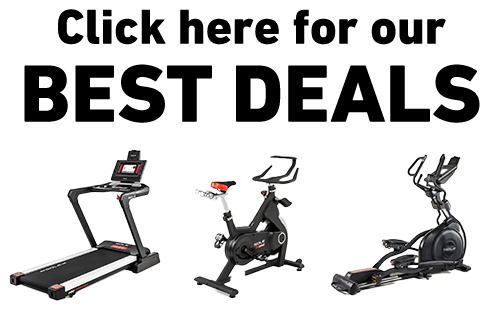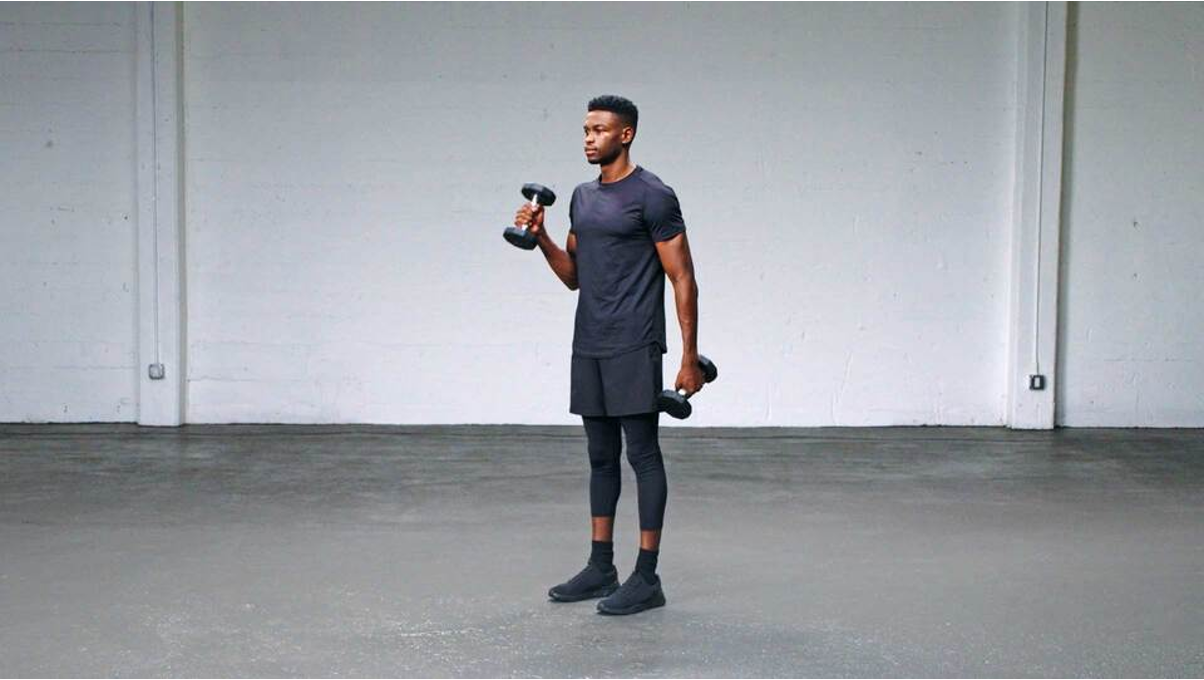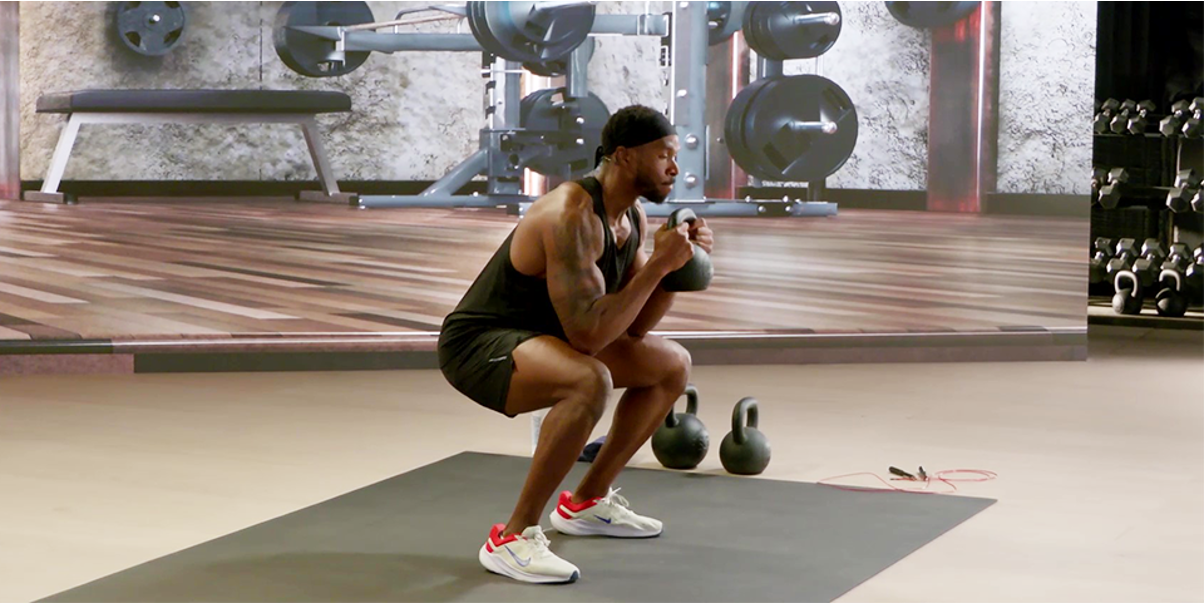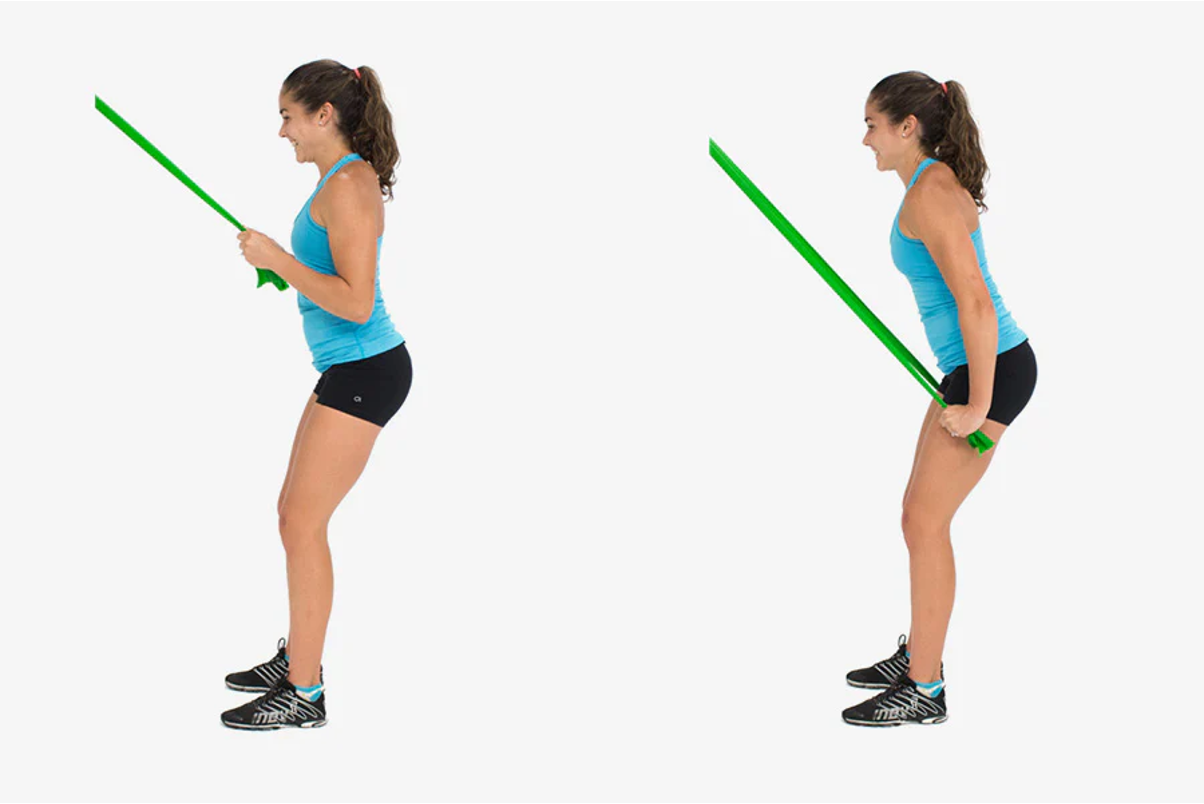Key Takeaway
- Hammer curls target the brachioradialis and brachialis while keeping biceps engaged.
- Reverse curls create higher activation in forearm extensors and brachioradialis, making them more forearm-focused.
- For maximum forearm growth, use both exercises in a structured routine rather than picking just one.
- Most lifters see noticeable forearm growth within 4 to 6 weeks with consistent training and progressive overload.
- SOLE's adjustable dumbbells eliminate the need for multiple weight pairs when training forearms.
The Forearm Size Challenge: Why Most Lifters Struggle
Walk into any gym and you'll notice something right away: impressive biceps are everywhere, but well-developed forearms are rare. This imbalance creates the dreaded "Popeye effect," where upper arms dwarf the lower. Forearms contain some of the most stubborn muscles in your body and need specific, targeted work to grow.
Forearm muscles present unique challenges. Unlike bigger muscle groups, they contain lots of slow-twitch fibers designed for endurance rather than size. They're also used in nearly every upper body exercise as stabilizers, which makes them hard to isolate and fatigue properly. This is why specialized movements like hammer and reverse curls have become go-to exercises for serious arm development.
What makes these exercises valuable is their ability to target the brachioradialis, the prominent muscle running along the thumb-side of your forearm. When properly developed, this muscle creates that coveted forearm "sweep" that's instantly recognizable on seasoned lifters.
|
At SOLE, we're proud to offer top-quality exercise equipment designed for home and gym use. Our machines are built to meet the highest standards of durability and performance, making them ideal for fitness enthusiasts at any level. SOLE Products
|
Hammer Curls: The Neutral Grip Powerhouse
Hammer curls get their name from the neutral grip that looks like holding a hammer. This small change from traditional curls completely transforms which muscles do the work.
By keeping your thumbs facing up throughout the movement, you shift major tension to the brachialis (muscle beneath your biceps) and the brachioradialis (prominent forearm muscle).
The beauty of hammer curls is their versatility. You can do them with dumbbells, cables, or specialized handles. They work standing or seated. This exercise hits the sweet spot between bicep and forearm development, which is why it is efficient for those who want maximum results with minimal exercises.
Muscles Targeted During Hammer Curls
When you do hammer curls, you're working three key muscles. The brachioradialis creates that desirable forearm thickness. The brachialis sits underneath your biceps; as it grows, it pushes your bicep up, creating more peak and overall arm size. The biceps still get moderate activation, though less than traditional curls.
Many lifters don't realize hammer curls also hit several smaller forearm muscles that traditional curls miss. The pronator teres and flexor carpi radialis both get significant work. These muscles help with wrist stability and rotational strength, often neglected in standard arm training.
The extensor muscles on the back of your forearm work to stabilize throughout the movement. This balanced activation creates complete forearm development rather than just targeting one area. That's why many bodybuilders rely heavily on this movement.
Proper Hammer Curl Form for Maximum Growth
Perfect execution makes all the difference. Stand with feet shoulder-width apart, holding dumbbells at your sides with palms facing your body. Keep upper arms locked against your torso throughout the movement. This ensures the work stays in your arms rather than shoulders or back.
Curl the weight up by bending at the elbow, maintaining that neutral grip from start to finish. Use a controlled tempo, about 2 seconds up and 3 seconds down. At the top, squeeze your forearm and brachialis before lowering. Many lifters rush through this crucial contraction phase.
For extra forearm emphasis, try the "thumbless grip" variation. Position your thumb alongside your fingers rather than wrapped around the dumbbell. This forces your forearm muscles to work harder for stability. This small adjustment makes a big difference in your forearms.
Benefits Beyond Forearm Development
While we're focusing on forearms, hammer curls deliver several bonus benefits. The neutral grip puts way less stress on wrists compared to traditional or reverse curls. This makes hammer curls great for lifters with previous wrist injuries or those who get discomfort from other curl variations.
Hammer curls also build grip strength that carries over to nearly every pulling exercise. Ever lose your grip during deadlifts, rows, or pull-ups before your target muscles get tired? Stronger forearms from hammer curls help eliminate this common problem.
Reverse Curls: The Forearm Specialist
Reverse curls take forearm targeting to another level by flipping your grip completely. Hold the weight with palms facing down (the pronated grip) and then immediately shift the primary tension to the brachioradialis and forearm extensors. This rotation changes the exercise from being bicep-focused to forearm-dominant.
You'll notice right away that you can't handle as much weight with reverse curls. This isn't weakness; it confirms you're successfully isolating smaller, underworked muscles. The burning in your forearms comes on much faster with reverse curls than any other curl variation.
Primary Muscle Groups Activated
Reverse curls create exceptional activation patterns that prioritize forearm development.
The brachioradialis becomes the primary mover, handling most of the load. The extensor muscles on the back of your forearm work way harder than in standard curls, creating balanced development between overdeveloped flexors and neglected extensors.
The biceps still activate during reverse curls but play a reduced role compared to standard or hammer curls. This shift makes reverse curls valuable for lifters whose forearms lag behind bicep development. Reverse curls also engage the often-neglected anconeus muscle near your elbow, contributing to arm stability and definition.
Correct Technique to Prevent Wrist Strain
Reverse curls demand strict form to prevent wrist strain. Stand with your feet shoulder-width apart, holding a barbell or dumbbells with your palms down. Keep your elbows pinned to your sides; this is non-negotiable for proper isolation. Unlike hammer curls, you need to consciously keep your wrists straight throughout the movement.
Your range of motion decreases slightly compared to traditional curls. Focus on quality contractions rather than heavy weight. For maximum forearm engagement, concentrate on the lowering portion, taking 3 to 4 seconds to return to start. This creates major metabolic stress in your forearm muscles, which is great for growth.
If your wrists hurt, try an EZ curl bar instead of a straight barbell. The angled grips reduce strain while maintaining the pronated position. For persistent wrist issues, cable reverse curls often feel better while delivering similar muscle activation.
Build Impressive Forearms with SOLE's Precision Equipment
SOLE's adjustable dumbbells are the perfect tools for both hammer and reverse curls.
The SW180 Adjustable Dumbbells and the SW155 give you the exact weight progression needed for optimal forearm development. Start with 15–20 pounds for hammer curls, then quickly dial down to 10–15 pounds for reverse curls without missing a beat.
What makes SOLE dumbbells ideal for forearm training is their balanced weight distribution. Unlike cheap adjustable dumbbells that feel wobbly, SOLE's design maintains perfect balance no matter if you’re using 10 pounds or 50.
This stability is crucial for reverse curls where any wobbling puts extra stress on your wrists. The ergonomic handles also reduce grip fatigue, letting you focus on squeezing those forearms rather than just hanging on.
If you want variety, the SOLE SRVO All-in-One Trainer adds cable hammers and reverse curls to your arsenal. The smooth resistance and multiple grip attachments let you hit your forearms from angles dumbbells can't match. Plus, the constant tension from cables creates that insane forearm pump that builds both size and vascularity.
The SOLE+ App guides you through proper form for both exercises and provides structured forearm programs that incorporate progressive overload, which is essential for muscle growth.
Ready to build forearms that match your upper arms? Check out the SOLE equipment collection today!
Frequently Asked Questions (FAQs)
How long does it take to see forearm growth from hammer and reverse curls?
Most lifters notice initial improvements in forearm definition within 3 to 4 weeks of consistent training. More substantial size increases become visible after 6 to 8 weeks of progressive training. Naturally thin-wristed individuals generally need longer consistent training to see dramatic changes.
Progress depends heavily on your approach. Those using progressive overload, lifting sufficient volume (6–12 weekly sets), and having proper nutrition see results much faster than those doing the same weights and reps forever. For faster results, progressively increase either weight or reps every 1 to 2 weeks.
Can I do forearm exercises every day?
Daily forearm training is possible but requires careful management. Forearm muscles recover quickly, but tendons and connective tissues need more recovery time. For most lifters, alternating between different forearm exercises daily works better than doing the same movements every day.
If you choose daily training, rotate your focus: heavy, low-rep work one day, then lighter high-rep work, then grip training, followed by recovery with light stretching. This prevents overuse while allowing frequent stimulation.
What weight should I start with for hammer and reverse curls?
For hammer curls, most men begin with 15 to 25 pound dumbbells, women with 8 to 15 pounds. Reverse curls need 30 to 40% less weight; men might start with 10 to 15 pounds, and women with 5 to 10 pounds. Ideal starting weight allows 10 to 12 controlled reps with proper form, with a final 2 to 3 reps being challenging but achievable.
Do genetics play a role in forearm development?
Genetic factors can influence forearm development, like wrist size, muscle belly length, and insertion points. Primary genetic factors include tendon-to-muscle ratios, forearm length relative to upper arm, and natural fiber type distribution. However, don't let this discourage you from dedicated training, as all forearms can develop strength through proper work.
Are SOLE's adjustable dumbbells good for the lighter weights needed for reverse curls?
This is exactly where SOLE's adjustable dumbbells really shine! Most guys can hammer curl 30–40 pounds but need to drop to 15–20 pounds for reverse curls. With fixed dumbbells, that means buying multiple pairs that clutter your space. The SW180s let you instantly adjust from heavier hammer curls to lighter reverse curls with a simple twist.
The SW155 Adjustable Dumbbells are actually perfect if you're focused mainly on forearm work. They go from 10–55 pounds, which covers everything you'd need for years of forearm training.




Leave a comment
This site is protected by hCaptcha and the hCaptcha Privacy Policy and Terms of Service apply.